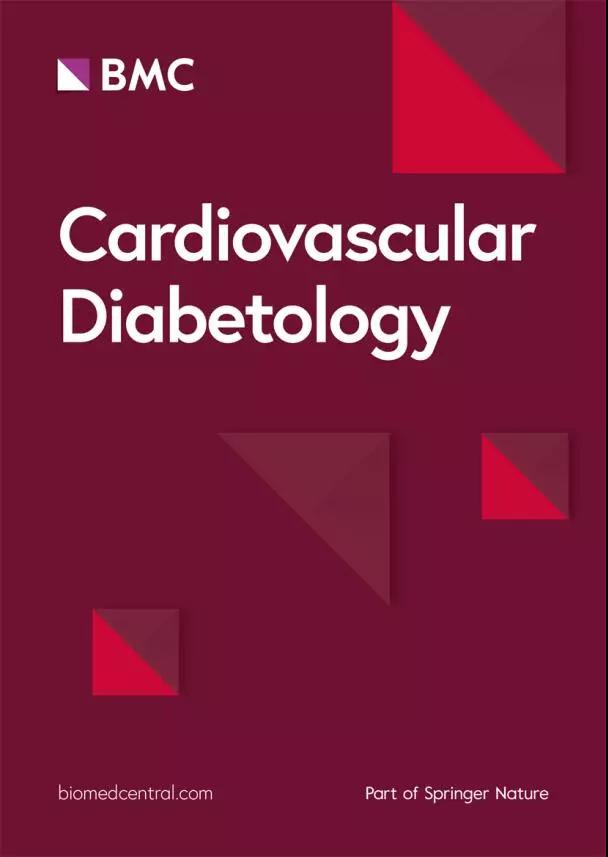德国和法国 1 型糖尿病成人患者心血管风险因素及其一级预防管理中的性别不平等:DPV 和 SFDT1 的研究结果
IF 8.5
1区 医学
Q1 CARDIAC & CARDIOVASCULAR SYSTEMS
引用次数: 0
摘要
目的:评估 2020-2022 年两个欧洲国家的 1 型糖尿病(T1D)成年男性和女性患者在一级预防中的心血管风险因素及其管理是否存在差异,以及在达到糖尿病护理标准方面的性别不平等。我们使用了德国前瞻性糖尿病随访登记中心(DPV)和法国 1 型糖尿病法语协会队列(SFDT1)2020-2022 年无心血管病史患者的数据。我们纳入了 DPV 登记的 2,657 名参与者和 SFDT1 研究的 1,172 名参与者。女性和男性的体重指数相似,HbA1c 3.4 mmol/L的比例也相似(DPV:19.9(女性) vs 23.9%(男性),p = 0.01;SFDT1:17.0 vs 19.2%,p = 0.43),DPV(7.9 vs 17.0%,p < 0.01)和SFDT1(18.2 vs 21.0%,p = 0.42)中,他汀类药物的处方女性少于男性。在这两项研究中,女性一级预防者的心血管风险状况优于男性。我们观察到女性的治疗惰性较高,尤其是在德国,在他汀类药物治疗和 ACEi-ARB 肾保护方面,女性的治疗惰性可能更高。糖尿病医生应了解心肾风险因素管理中的性别差异,以制定更个性化的预防策略。本文章由计算机程序翻译,如有差异,请以英文原文为准。
Sex inequalities in cardiovascular risk factors and their management in primary prevention in adults living with type 1 diabetes in Germany and France: findings from DPV and SFDT1
To evaluate whether cardiovascular risk factors and their management differ in primary prevention between adult males and females with type 1 diabetes (T1D) in two European countries in 2020–2022 and sex inequalities in achievement of standards of care in diabetes. We used 2020–2022 data of patients without a cardiovascular history in the Prospective Diabetes Follow-up registry (DPV) centres, in Germany, and the Société Francophone du Diabète– Cohorte Diabète de Type 1 cohort (SFDT1), in France. We included 2,657 participants from the DPV registry and 1,172 from the SFDT1 study. Body mass indexes were similar in females and males with similar proportions of HbA1c < 7% (DPV: 36.6 vs 33.0%, p = 0.06, respectively; SFDT1: 23.4 vs 25.7%, p = 0.41). Females were less overweight compared to men in DPV (55.4 vs 61.0%, p < 0.01) but not in SFDT1 (48.0 vs 44.9%, p = 0.33) and were less prone to smoke (DPV: 19.7 vs 25.8%, p < 0.01; SFDT1: 21.0 vs 26.0%, p = 0.07). Systolic blood pressure was lower in females than males with a higher rate of antihypertensive therapy in case of hypertension in females in DPV (70.5 vs 63.7%, p = 0.02) but not in SFDT1 (73.3 vs 68.6%, p = 0.64). In the case of microalbuminuria, ACEi-ARB were less often prescribed in women than men in DPV (21.4 vs 37.6%, p < 0.01) but not SFDT1 (73.3 vs 67.5.0%, p = 0.43). In females compared to males, HDL-cholesterol levels were higher; triglycerides were lower in both countries. In those with LDL-cholesterol > 3.4 mmol/L (DPV: 19.9 (females) vs 23.9% (males), p = 0.01; SFDT1 17.0 vs 19.2%, p = 0.43), statin therapy was less often prescribed in females than males in DPV (7.9 vs 17.0%, p < 0.01), SFDT1 (18.2 vs 21.0%, p = 0.42). In both studies, females in primary prevention have a better cardiovascular risk profile than males. We observed a high rate of therapeutic inertia, which might be higher in females for statin treatment and nephroprotection with ACEi-ARB, especially in Germany. Diabetologists should be aware of sex-specific differences in the management of cardiorenal risk factors to develop more personalized prevention strategies.
求助全文
通过发布文献求助,成功后即可免费获取论文全文。
去求助
来源期刊

Cardiovascular Diabetology
医学-内分泌学与代谢
CiteScore
12.30
自引率
15.10%
发文量
240
审稿时长
1 months
期刊介绍:
Cardiovascular Diabetology is a journal that welcomes manuscripts exploring various aspects of the relationship between diabetes, cardiovascular health, and the metabolic syndrome. We invite submissions related to clinical studies, genetic investigations, experimental research, pharmacological studies, epidemiological analyses, and molecular biology research in this field.
 求助内容:
求助内容: 应助结果提醒方式:
应助结果提醒方式:


